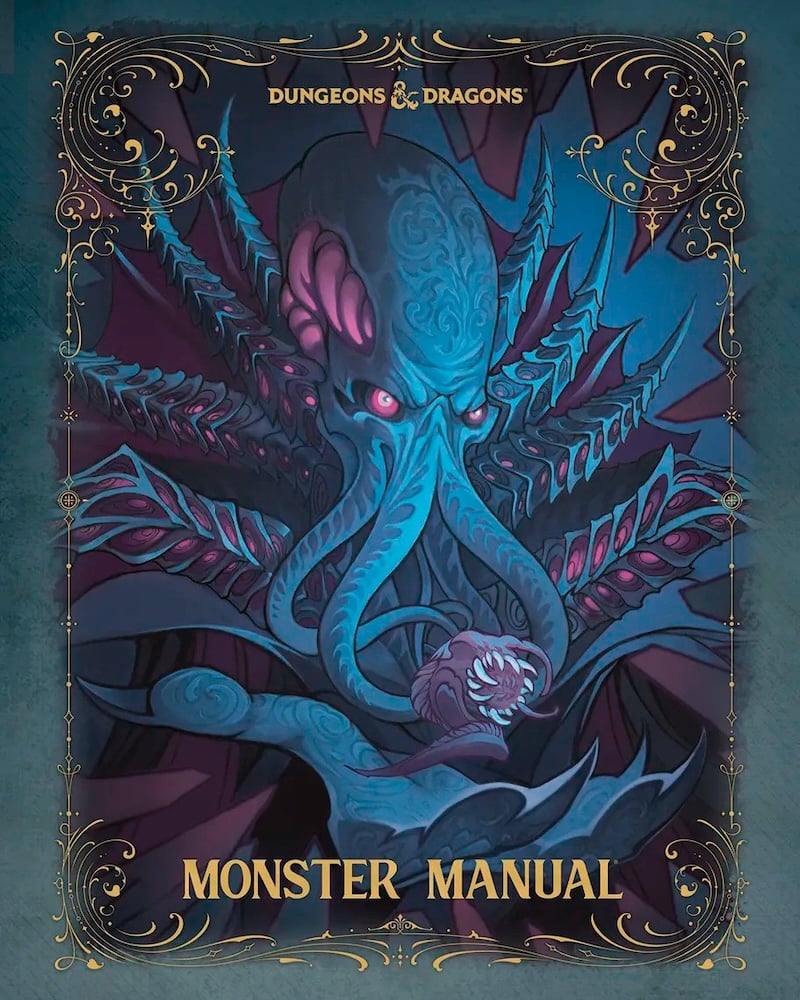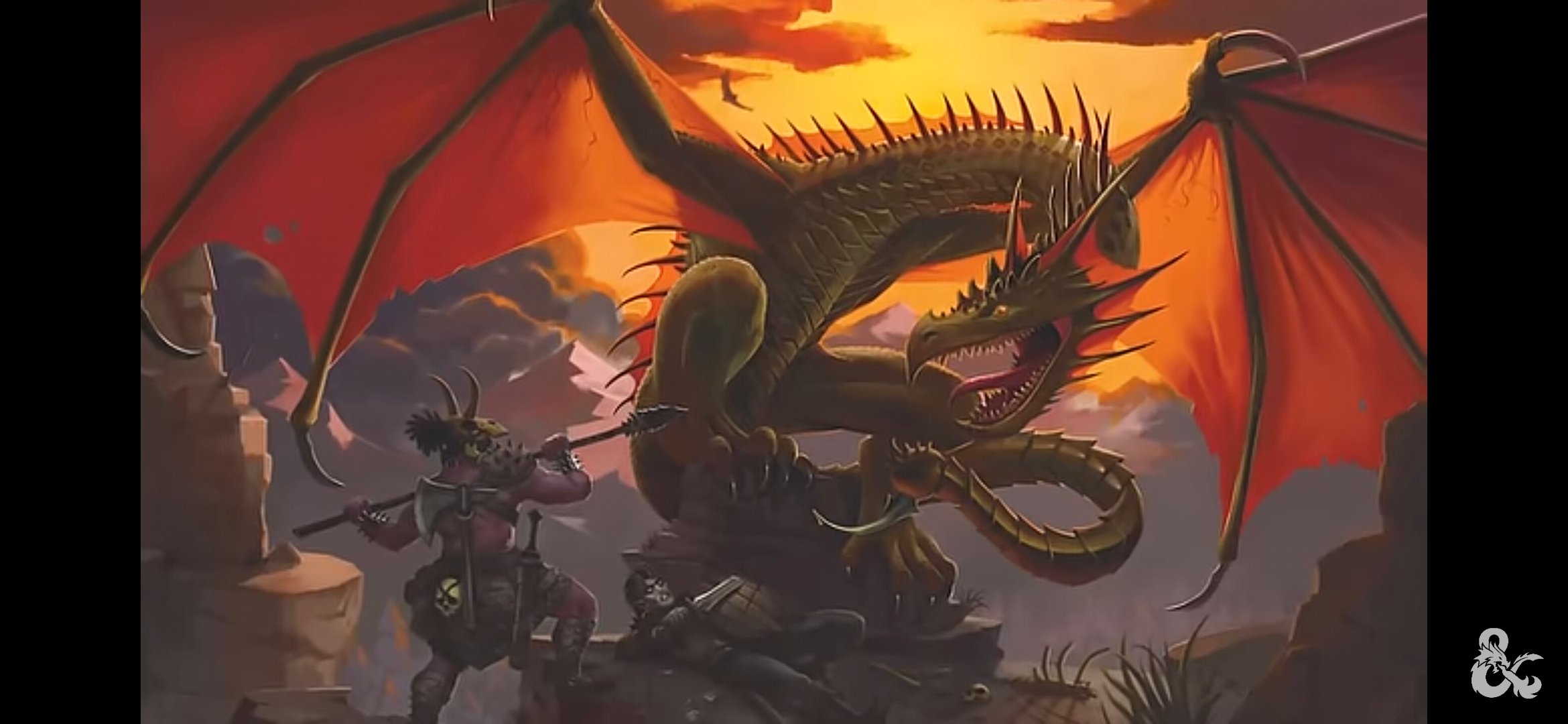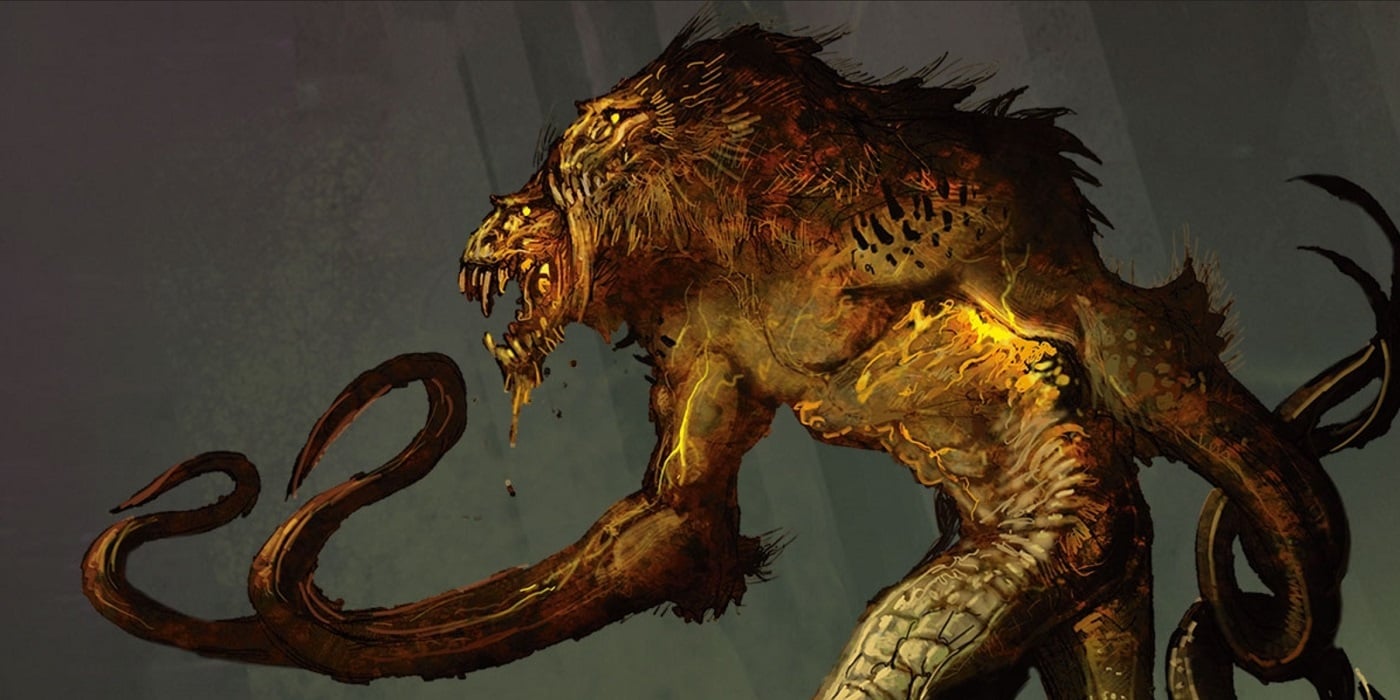D&D: The New ‘Monster Manual’ Upgrades Dragons – Just What Adventurers Wanted
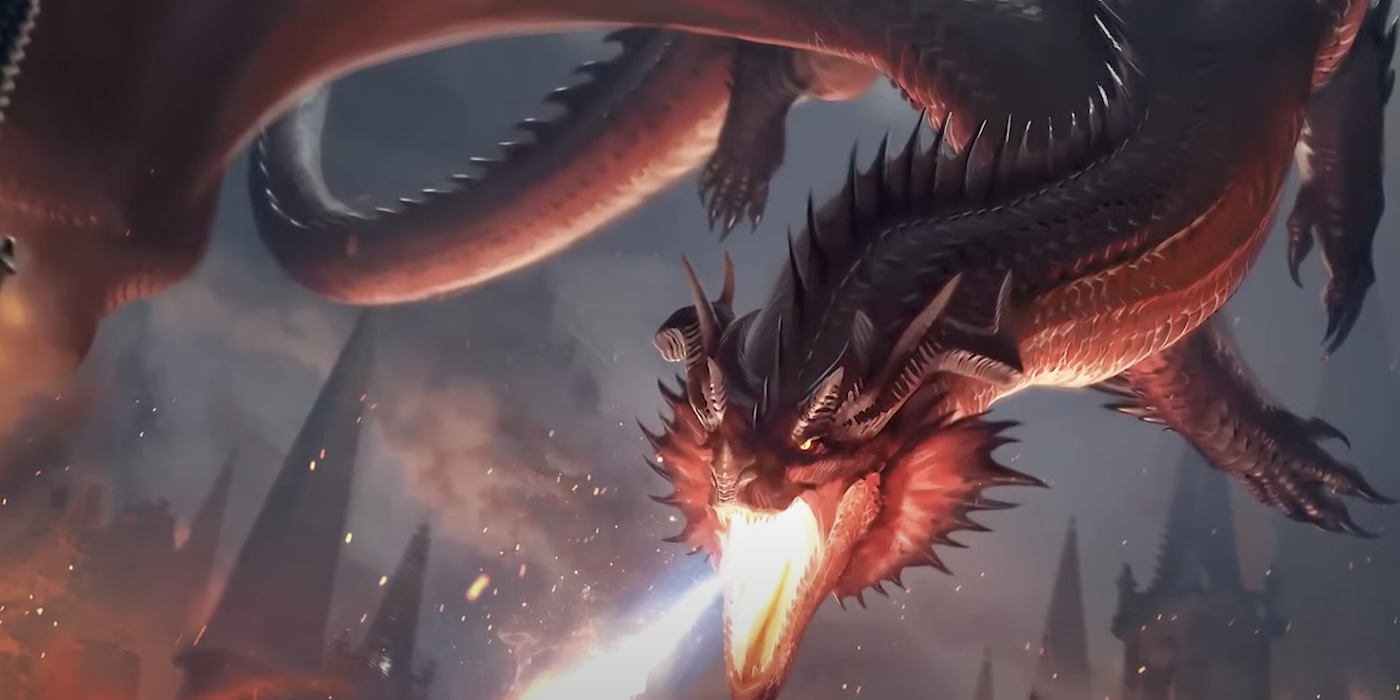
WotC recently took a deep dive into the dragons of the new Monster Manual. With buffs and new abilities, the time of the dragon is at hand.
What would D&D be without dragons? Well, dungeons, I guess. The fact is, dragons make up half of the name of the game and lend a decidedly fantastic flair to the tone of the world’s biggest RPG.
And the different types of dragons specific to D&D scratch the brain in satisfying enough ways that they sort of make sense. You’ve got good dragons and evil dragons. They take different shapes and have different colors, and each one has its own schtick.
At the heart of the new Monster Manual are the newly revamped versions of the ten major dragon types you know and possibly love. If you’ve been following the previews closely, you know they have new looks. But as you’ll see in the new Monster Manual dragon deep dive, they have new abilities, too. At least, the older ones do.
Dragons in the New Monster Manual – Scaly, Scary, Sexy
If there’s one overall theme to the dragon deep dive for the new Monster Manual, it’s that WotC really wants you to imagine dragons as they exist in the world. The first five minutes are spent talking about this fact.
Dragons aren’t just big winged lizards, they’re personalities and forces of nature. Instead of just being on the map after “here be,” they redraw the map entirely. Metaphorically speaking, that is.
All that to say, both the artwork and the abilities lean into the story of each type of dragon. WotC seems to be emphasizing the personality and narrative behind the stat blocks, which seems like a good move that fleshes out the titular beings.
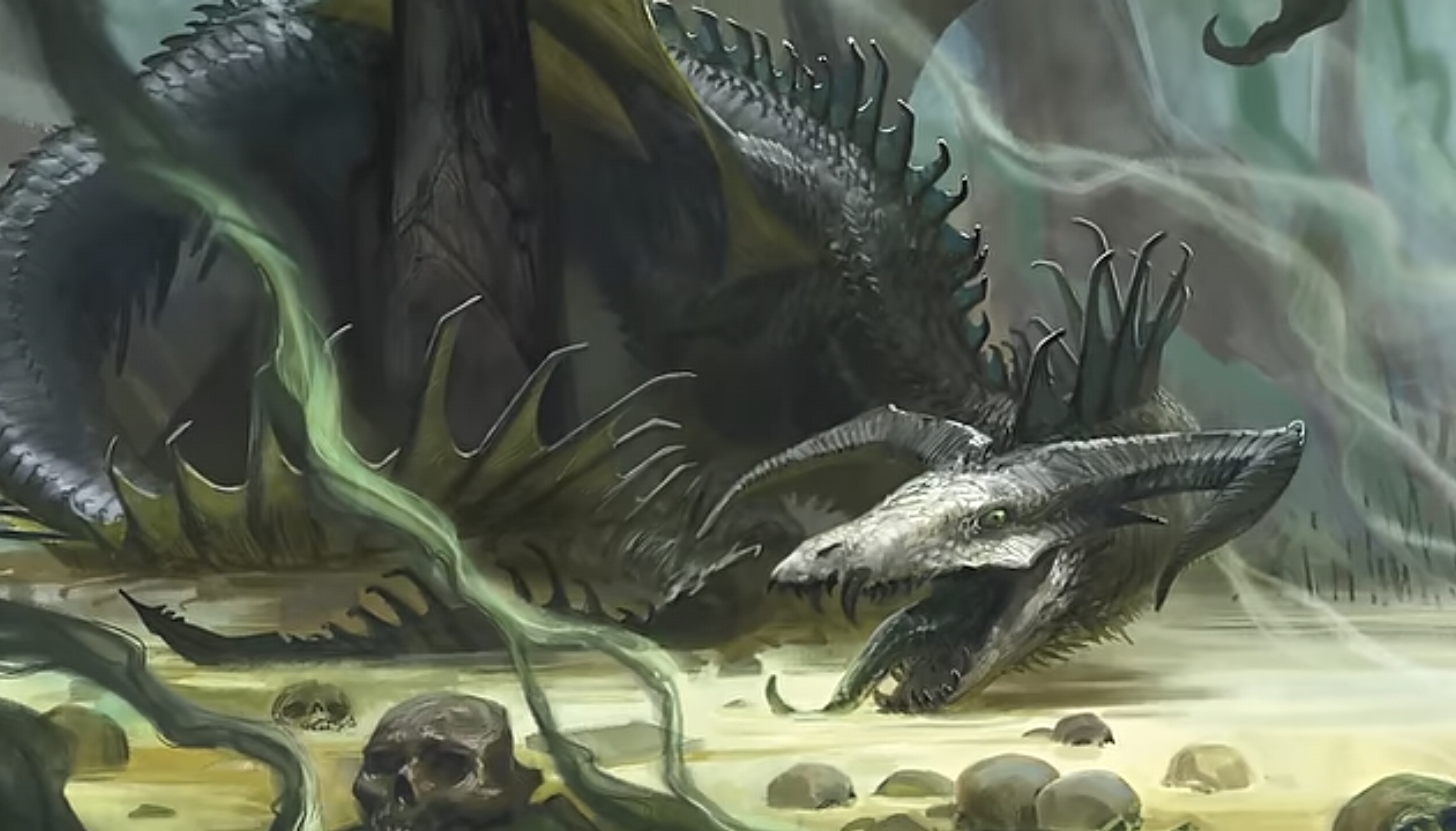
For example, Green Dragons are meant to be master manipulators. They’re the sinister, slithering serpents of the dragon world. And we’ve seen the new look, which makes them more snake-like. But on top of that, we learned that green dragons of a certain age can do things like cast Modify Memory.
Dragons – Magical In Many Ways

A recurring point in the video is that all the dragons have been given an upgrade of sorts. And this we’ve seen in some of the stat block previews. One of the previews from Gen Con last year was a new green dragon.
Compared to its 2014 version, the new green dragon has more hit points, a higher AC, does more damage, and, in general, has been boosted to reflect its CR more appropriately. But what you won’t have seen in that stat block is that all dragons can eventually become spellcasters.
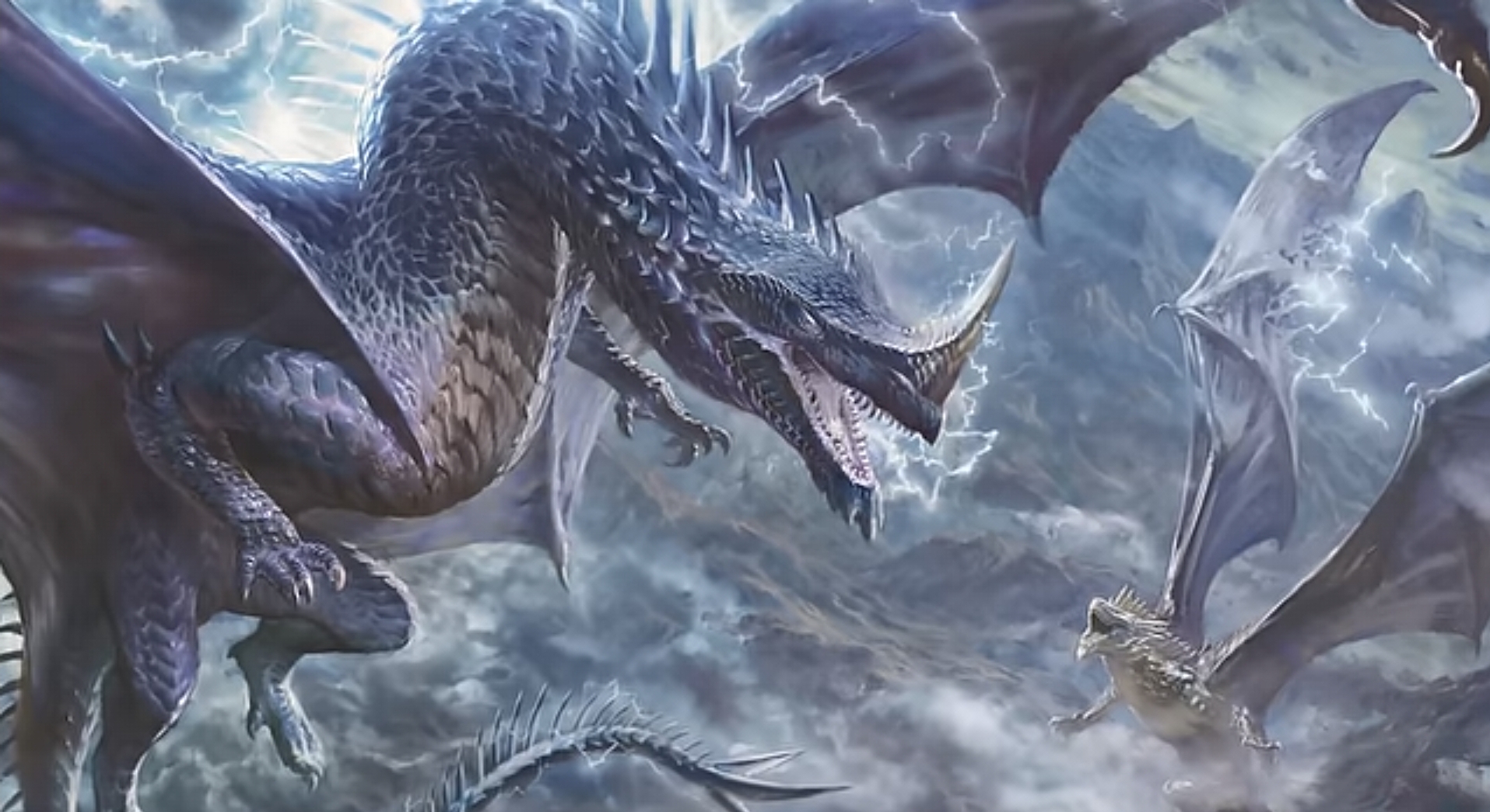
Once a dragon becomes an ancient dragon, it gains a selection of spells that it can cast. And as we’ve seen in recent books, spellcasting monsters can often do so as part of a multi-attack. Or at least they can cast a spell while also doing something else.
That’s an exciting possibility for DMs because dragons will have much more that they can do. You might be familiar with a dragon’s Frightful Presence ability – when it flies overhead, it can cause fear in those who see it.
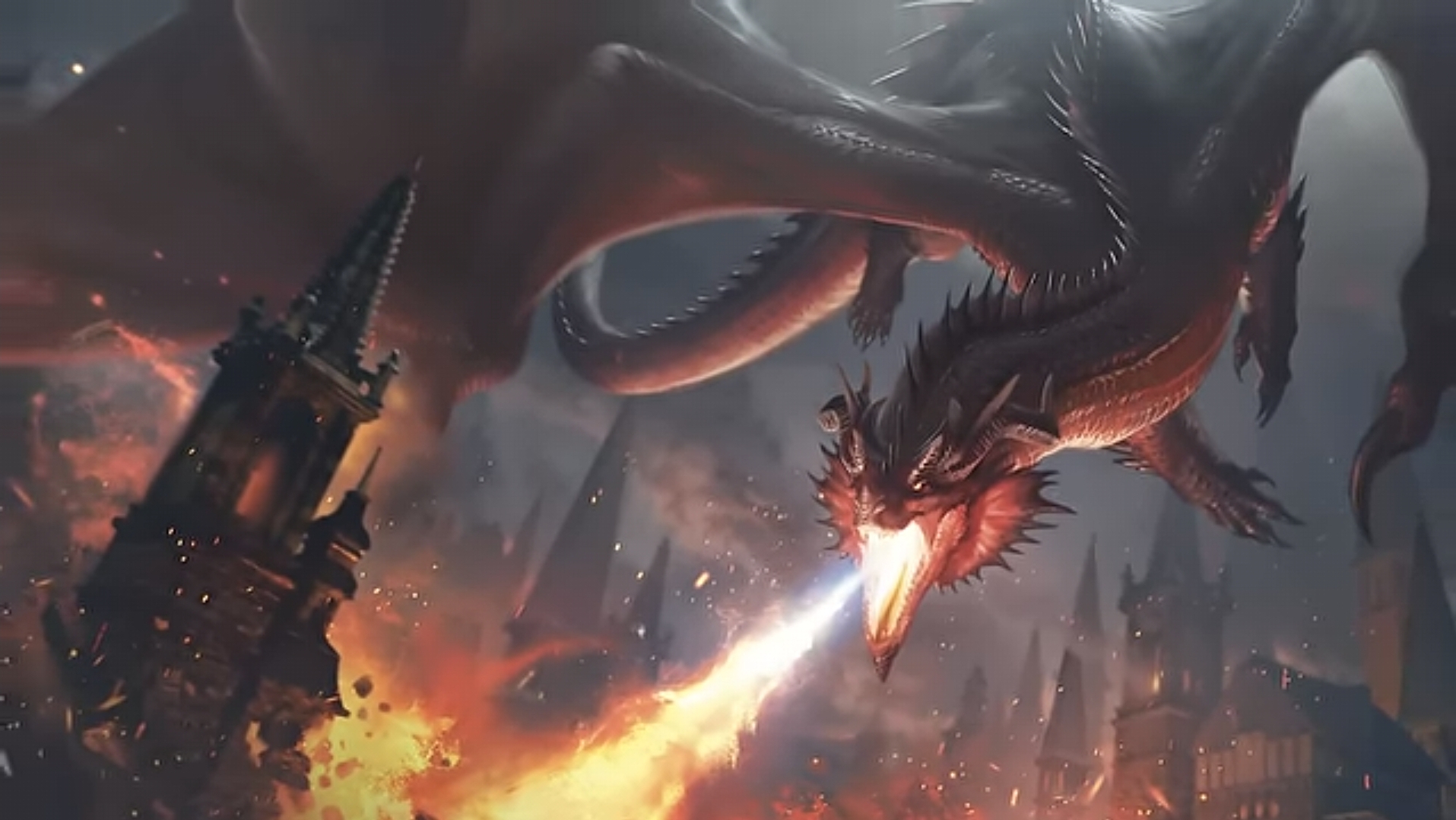
Dragons in the new Monster Manual have different options, depending. While some dragons will still have the Frightful Presence you know and love, that’s not the only tool in the box. The red dragon, for instance, as the “most tyrannical of the dragons,” has an ability called Commanding Presence. This works a lot like the Command spell, as you might expect.
New toys for every dragon, basically.
The Dragon Does WHAT Now?
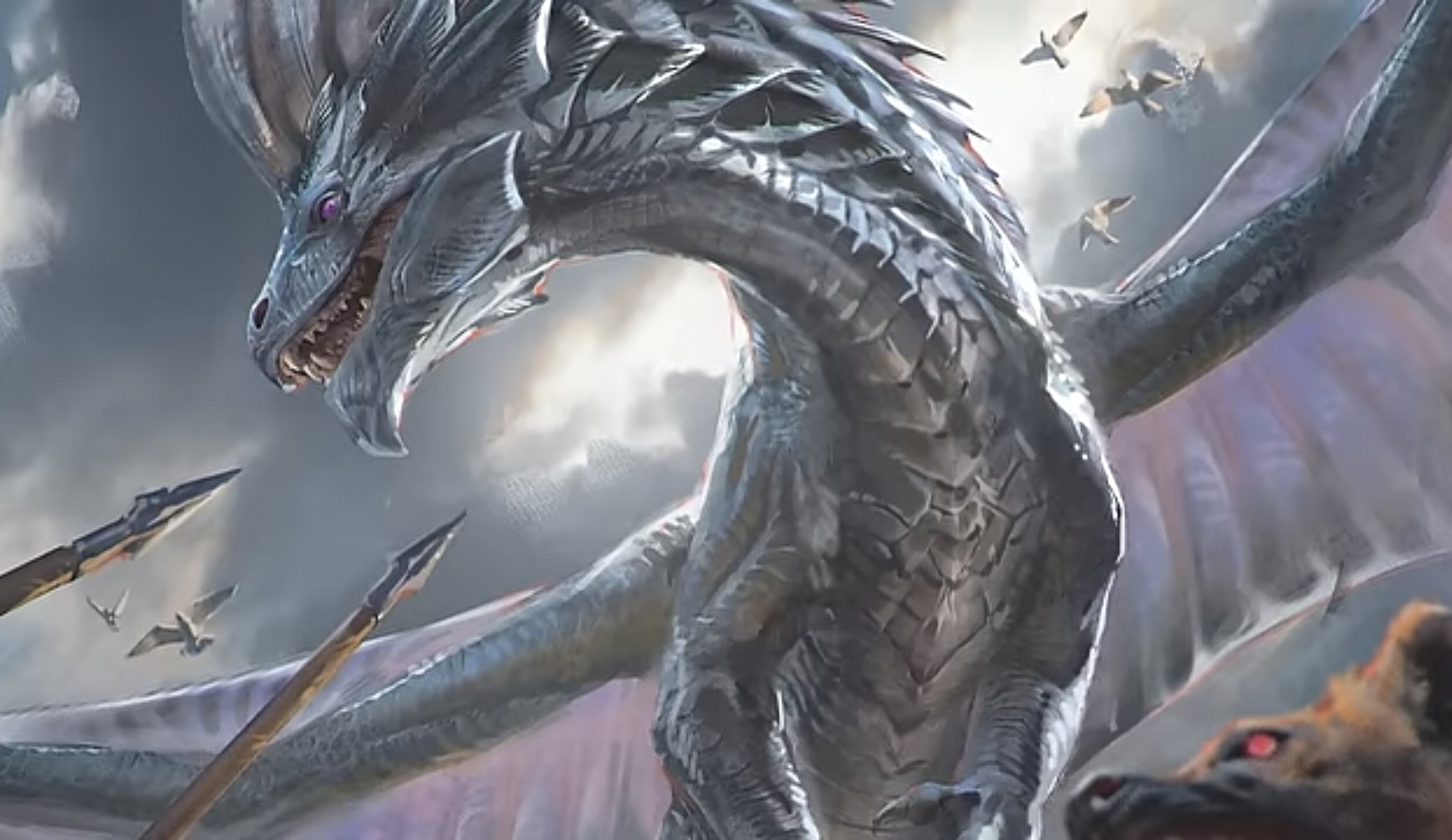
On the subject of new dragon abilities, WotC has bigger things in store. One of the things that Jeremy Crawford mentions in the video is that dragons have a number of ways to control the battlefield. Metallic dragons, for instance, have two distinct breath weapons.
One breath weapon does elemental damage, just like chromatic dragons. The other does a status effect. Slowing breath or paralyzing breath, for instance. This isn’t new to the new monster manual. However, what is different is that these two breath weapons no longer share a cooldown. More on that later.
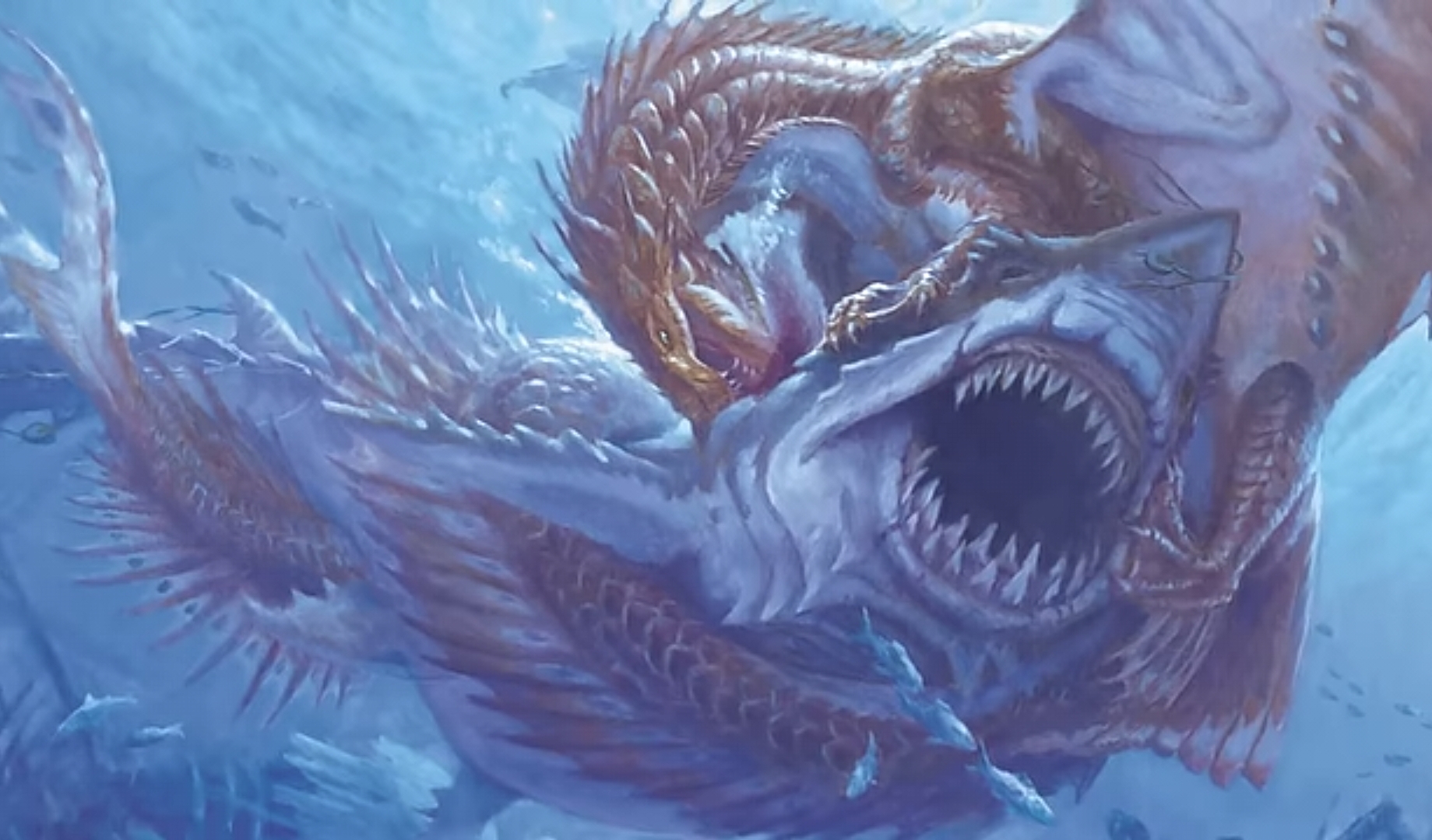
Crawford also mentions how the WotC team revisited Legendary Actions. One of the goals for the new Monster Manual is to make creatures feel like they’re at their CR no matter what actions the DM chooses. To that end, dragons have new Legendary Actions. It’s not just “they hit you more” or “they hit you with their tail.”
Here are a few examples from the video:
- Black Dragons can summon a swarm of insects to vex opponents
- Blue Dragons can fly overhead, causing a sonic boom (aka the Shatter Spell)
- Likewise, Blue Dragons can cloak themselves in invisibility and fly a short distance
- Gold Dragons can banish you, per the Banishment spell
- Silver Dragons can chill you in place, aka Hold Monster
But Wait, There’s Even More
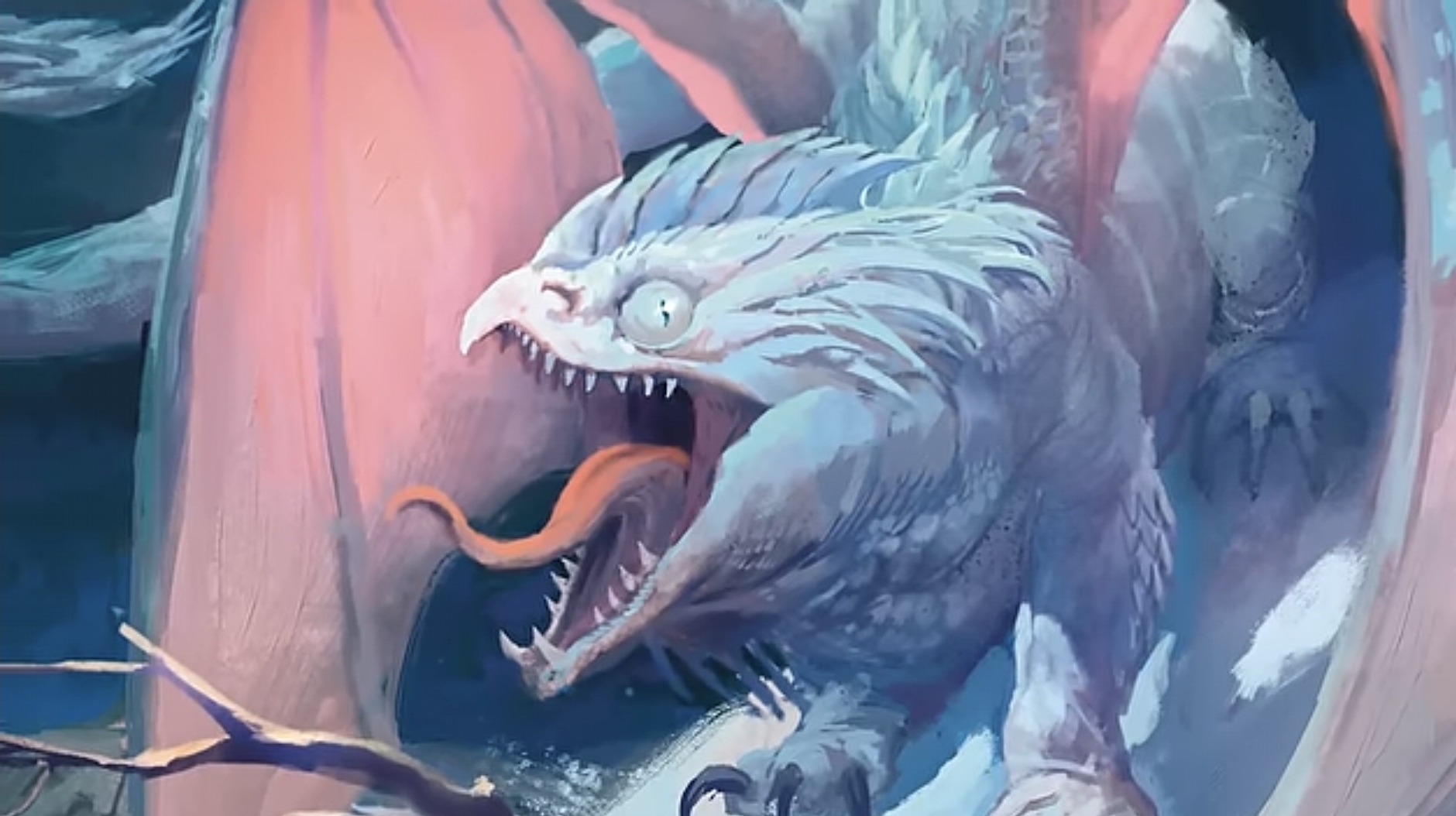
And that’s all without the plain old spellcasting that ancient dragons get just for making it that far. They also touch on Lair Actions in the video. This is something I was curious about – Lair Actions were missing from the dragon stat block they previewed at Gen Con.
In the video, they touch on the fact that lair actions have been folded into the stat block, so to speak. This might mean that not every dragon has a lair action – or that lair actions are gated to certain age categories of dragons only, which might be the first instance of age-restricted powers in D&D.
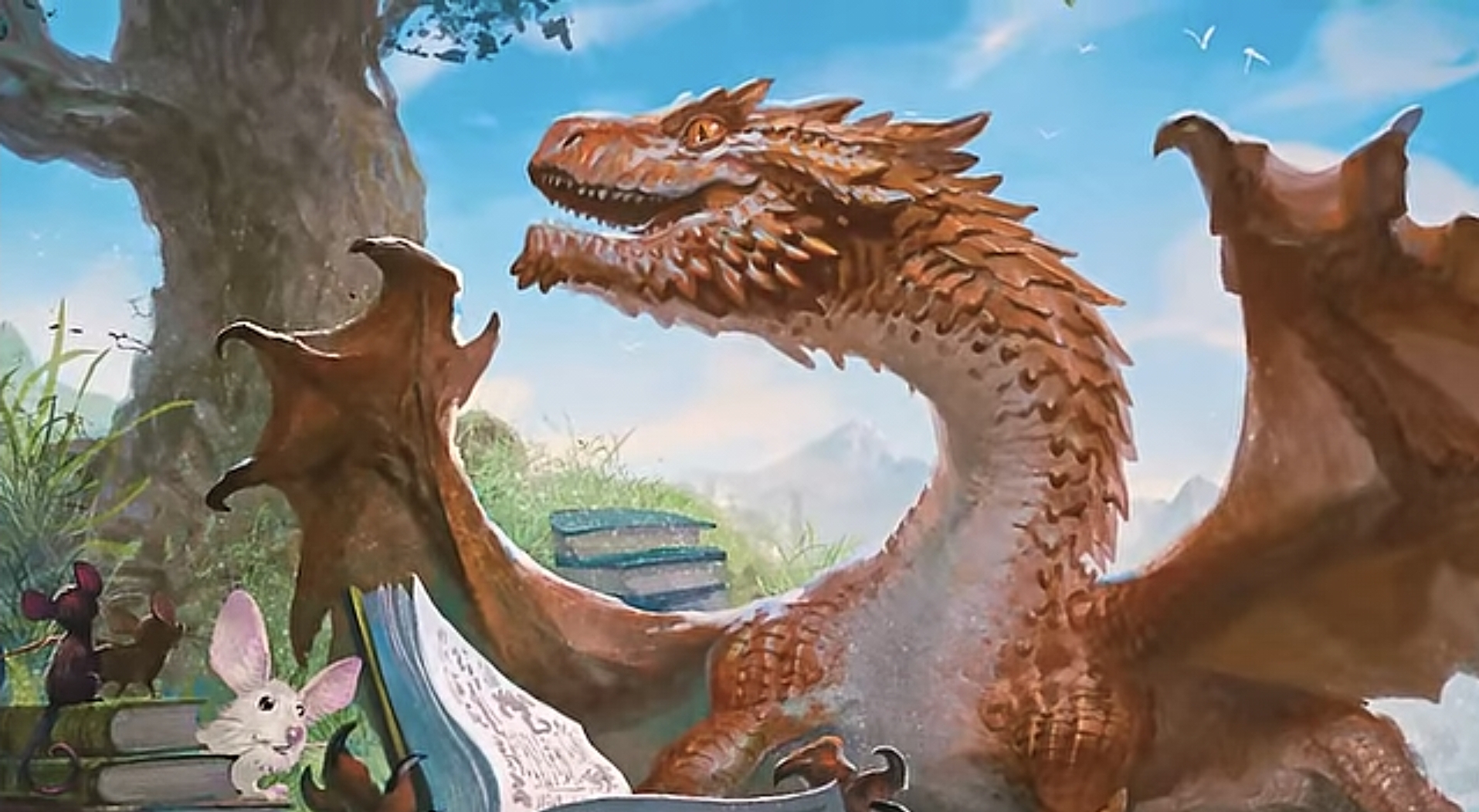
But, when we see the new Monster Manual, dragons with lair actions are a part of it. So, hopefully, it’s just more fun options that you can pick and play with, especially since there are now more dragons than ever in the new Monster Manual.
More Dragons (Sort Of) In The New Monster Manual
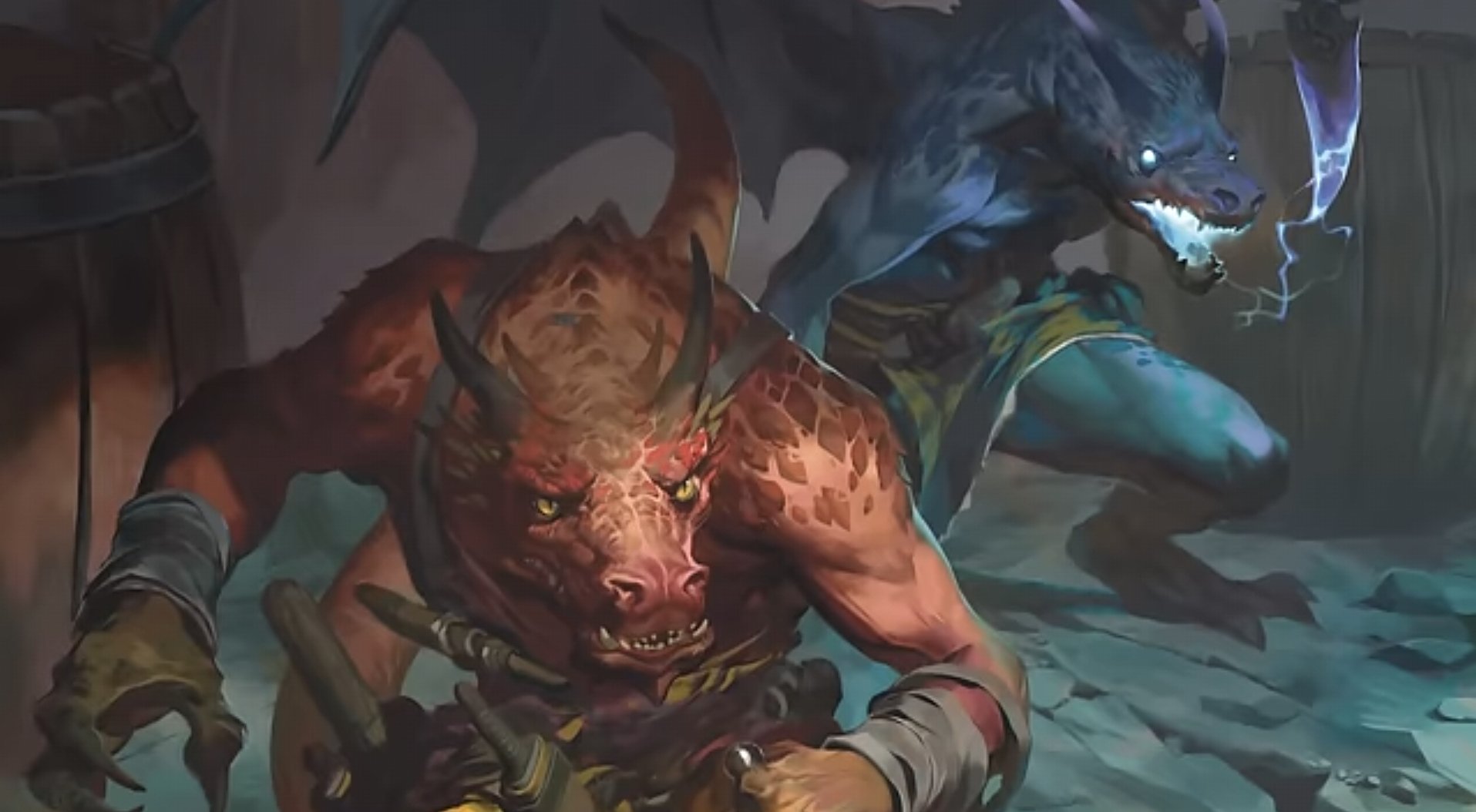
Kobold enjoyers rejoice. Everyone’s favorite little weirdoes who snivel and grovel their way through a life full of abject terror and brutal violence are now officially dragons. They get the dragon type, which has certain mechanical implications. Mostly, spells that affect a “Person” don’t work on them because they’re not humanoid.
But kobolds aren’t the only ones who get a facelift. One of the most edge-case monsters out there, the Half Dragon, gets a full makeover. If you aren’t familiar with the half-dragon, I don’t blame you. It’s kind of an obscure monster that serves to show how you might be able to apply a template to an existing stat block.
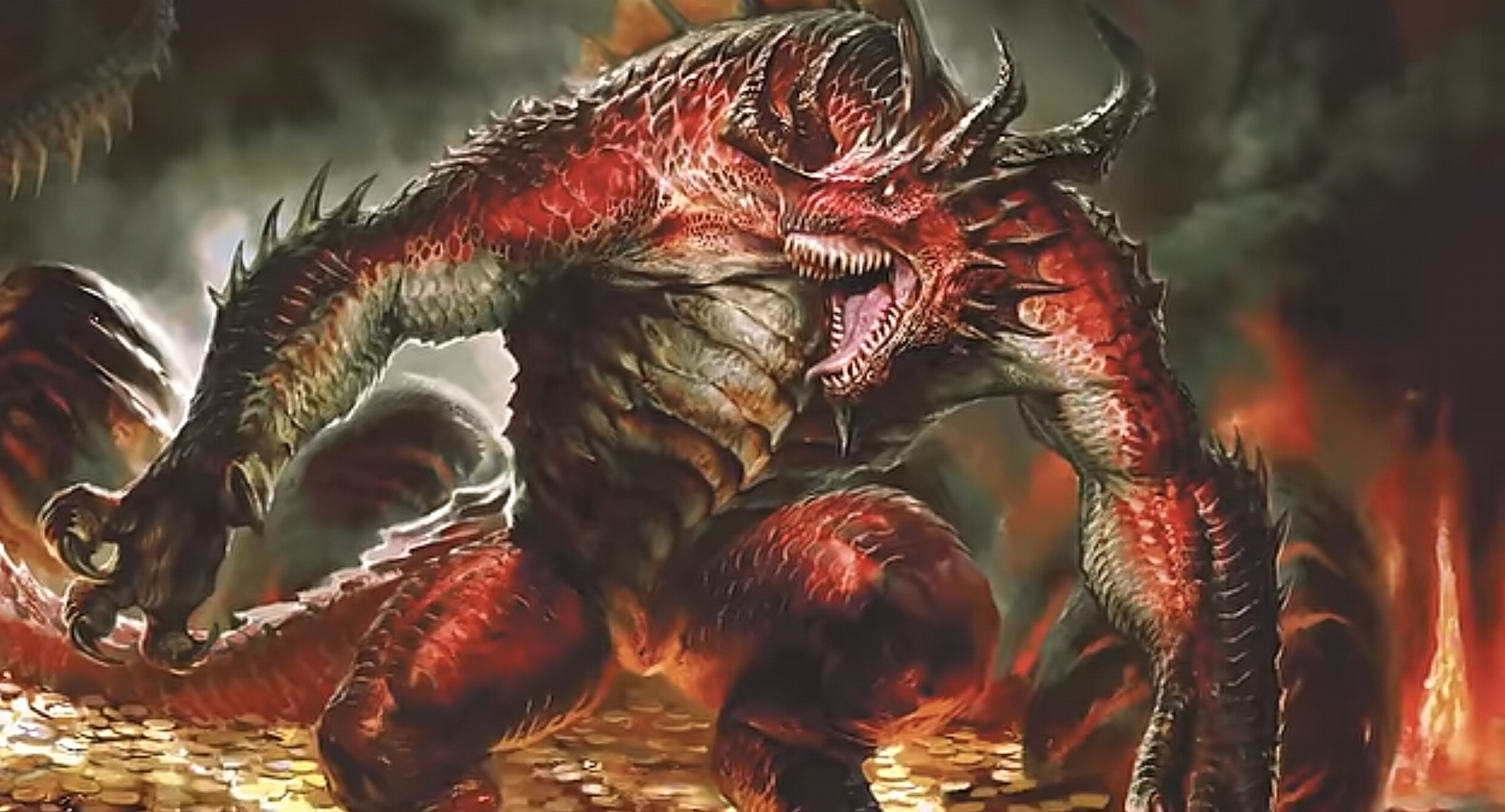
At least, that was what it did in the 2014 Monster Manual. But in the new book, the Half-Dragon is now a whole monster. It gets its own fully fleshed-out ability suite. You get to decide what energy it has so you can determine its breath weapon. It does fireball damage with its breath weapon and can leap around and do all sorts of dragon-y things, making it a perfect boss for a low-level adventure. At CR 5, these guys make excellent dragon minions for higher level games as well.
Dragons – Bigger, Badder, Better
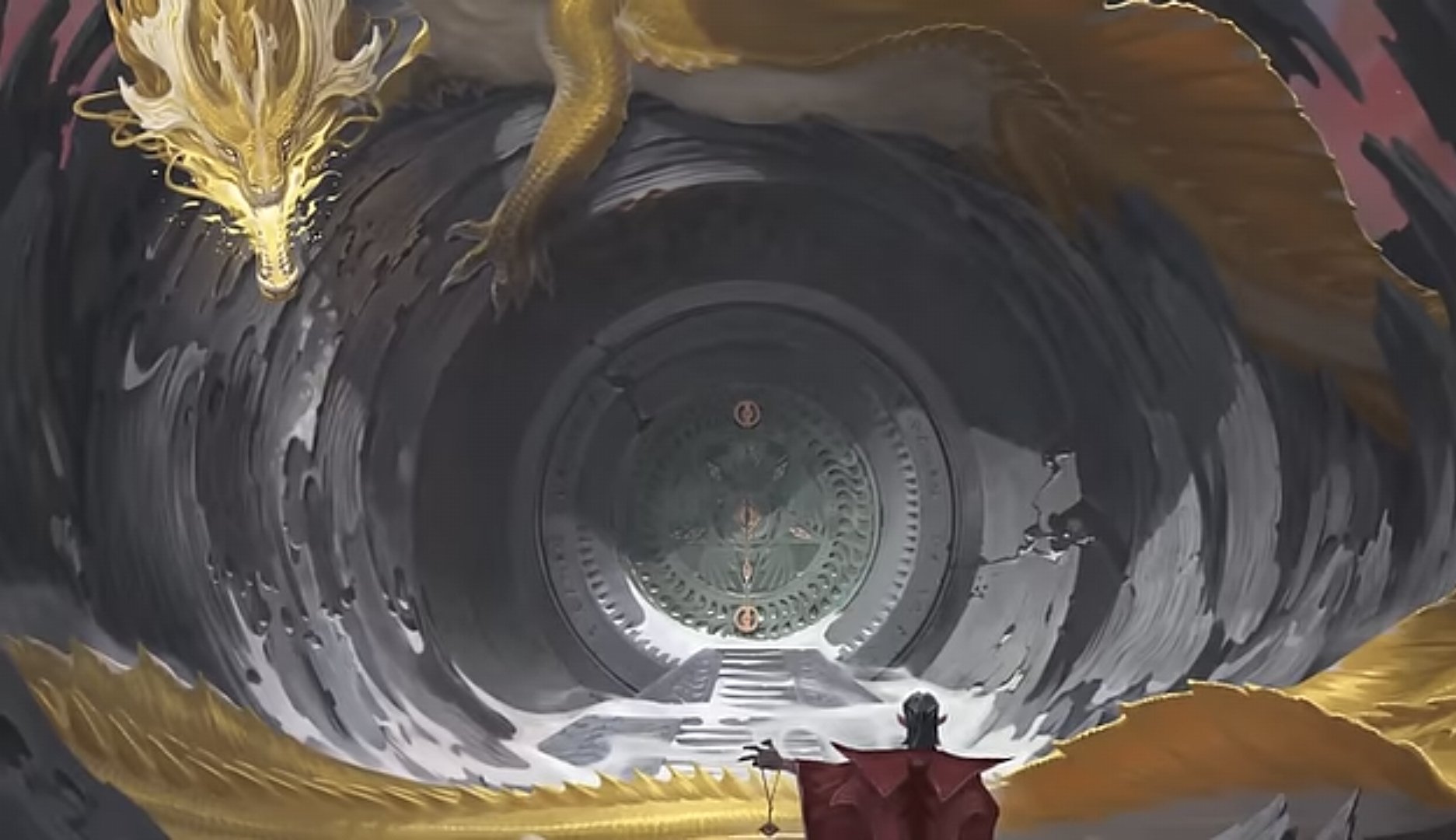
In conclusion, there’s a lot of new stuff for dragons to play with. And there are plenty of ways for intrepid DMs to use these monsters. Crawford goes into detail about how the book contains guidelines for how adventurers might encounter each of the dragon types.
Just because a metallic dragon might be “good” doesn’t mean that it’s always going to be aligned with the player. It might be protecting a doorway you need to go through could be in trouble and need rescuing. Or have the wrong idea about what you’re doing. In the new Monster Manual, you’ll find plenty of reasons and methods to fight dragons in D&D.
Nobody tell St. George!
